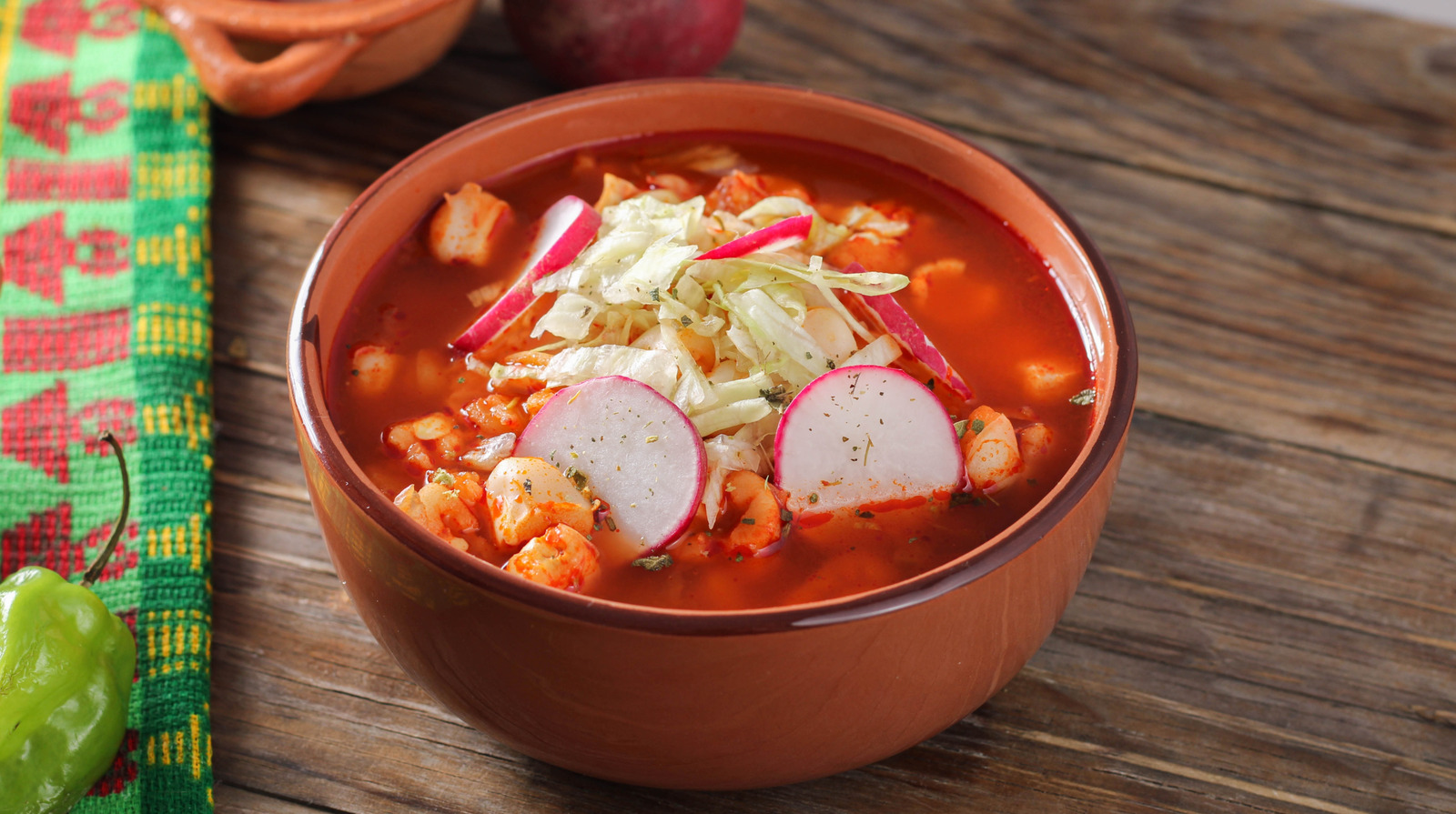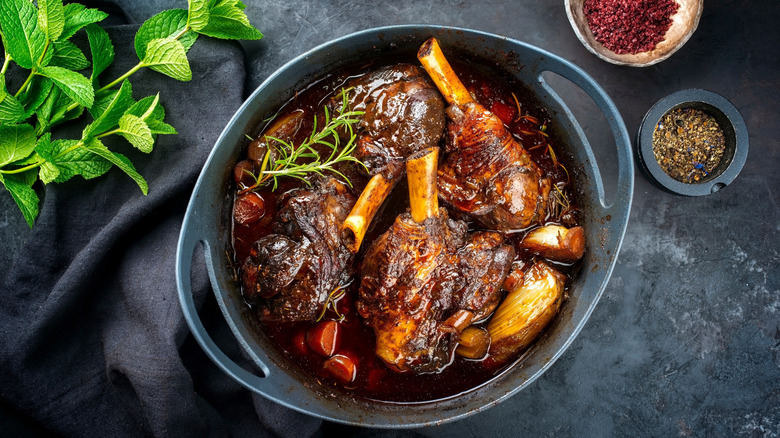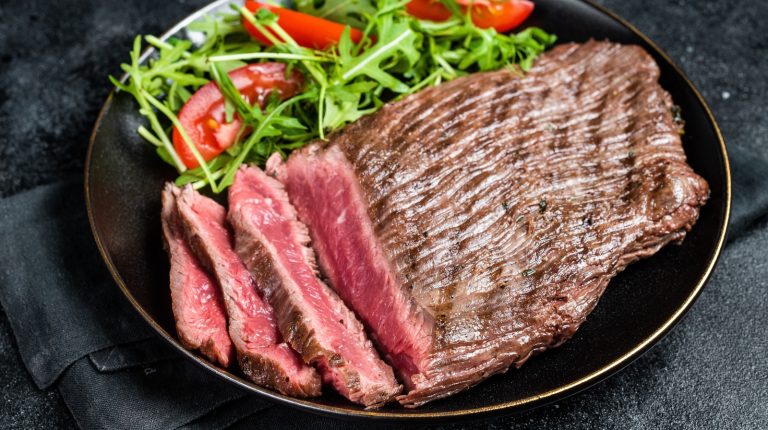We may receive a commission on purchases made from links.
When you need a little homemade comfort, nothing beats a hot soup, and Mexican pozole is certainly one of the world’s greatest on the soup scene. If you use the right cut of pork, you’ll get the perfect authentic pozole with amazingly layered flavor. So, what cut of pork does your pozole need? You have two delicious options. Both pork shank and pork shoulder are great cuts for pozole because they have decent marbling, yet aren’t super fatty, and they have a lot of connective tissue that will cook down into a super tasty broth. You can also get them both bone-in, and the bone will add even more incredible savory goodness.
Pork shank comes from the middle part of the front leg of the pig, above the ankle. The shank is generally braised in the oven or cooked slow and low in a slow cooker because it needs some time to break down, or it could end up chewy and dry. The pork shoulder is the cut just above the shank. It’s a bit meatier, but still needs to be cooked slowly at low temperature or will end up equally tough. Not only is pork shoulder a great choice for your next pozole, it’s also the same inexpensive cut of pork that’s perfect for barbecue beginners because it’s easy to work with and pretty forgiving to cook. Pork shank or pork shoulder will give your pozole the perfect depth of flavor and shred up easily once cooked. That being said, there are few other necessary ingredients to get your pozole just right.
What else you need for the perfect pork pozole
It’s easy to make a big batch of pozole in the slow cooker, you just need the right ingredients. There are three types of pozole — blanco (white), verde (green), and rojo (red). Pozole with pork is most commonly the red variety. It gets its color from the arbol and ancho chiles, as they cook down with the pork. Aside from the meat and chiles, the star of all three pozole varieties is the plump and chewy hominy. While all corn isn’t hominy, all hominy is corn. It’s made from field corn, and the kernels need to go through a process called nixtamalization, where they’re softened in an alkaline solution to break them down, or they simply wouldn’t be chewable. Juanita’s Mexican Style Hominy is a great option to get the authentic texture and flavor, no matter what else you’re working with.
As for the pork cuts, you can definitely stray from the shank or shoulder for pozole. Pork butt, for example, comes from just above the pork shoulder (still technically part of the shoulder portion of the pig). But it gets less exercise, so pork butt has more marbling than pork shoulder, and it will be a little fattier. More fat comes with more unctuous flavor, but also more grease, and you may need to cut off some of the fat before adding it to your pozole. Ham hocks, cut from the rear leg of the pig, basically cook up the same as ham shanks, but are a little less meatier and have more connective tissue. They’ll add more collagen to the broth, but you’ll have less pork, overall. Regardless of your choice of pork cut, with some chiles and hominy, cooked nice and slow, you’ll be in hog heaven with tasty, comforting pozole.





